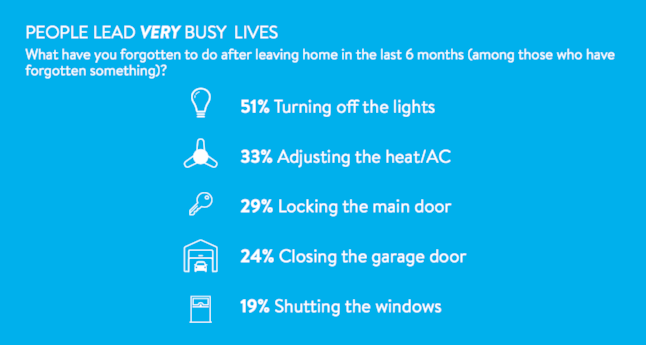Wink expands support for Lutron Caséta Wireless products
Yesterday we pushed the latest version (5.7) of the Wink mobile app live and with it, added a whole bunch of new Lutron products to the Wink ecosystem!
Wink Hub 2 now supports the full line of Lutron Caséta Wireless switches and dimmers. In addition, both the Wink Hub and Wink Hub 2 now support the two-button (PJ2-2B) remote.
With Wink + Lutron, you can easily set the lighting to match your mood or turn off lights left on from afar using the Wink app.
In fact, that same ease of use provides the perfect solution to two interesting discoveries uncovered in our new Smart Home Index (which explores smart home consumer behavior patterns nationwide):
- Nearly three quarters (71%) of Americans wish they could monitor their home when they’re away.
- 51% of Americans have forgotten to turn off a light before leaving home in the past six months.
- If you’re interested in adding a Lutron product to your home, here’s the complete list of Wink-compatible models:
Wink Hub
- In-Wall Dimmer (PD-6WCL)
- Plug-in Dimmer (PD-3PCL)
- 2 Button Remote (PJ2-2B)
- 3 Button Remote with Raise/Lower (PJ2-3BRL)
Wink Hub 2
- In-Wall Dimmer (PD-6WCL)
- Plug-in Dimmer (PD-3PCL)
- 2 Button Remote (PJ2-2B)
- 3 Button Remote with Raise/Lower (PJ2-3BRL)
- In-Wall Dimmer PRO (PD-10NXD)
- In-Wall ELV + Dimmer (PD-5NE)
- In-Wall Neutral Switch (PD-6ANS)
- In-Wall Switch PRO (PD-5WS-DV)




